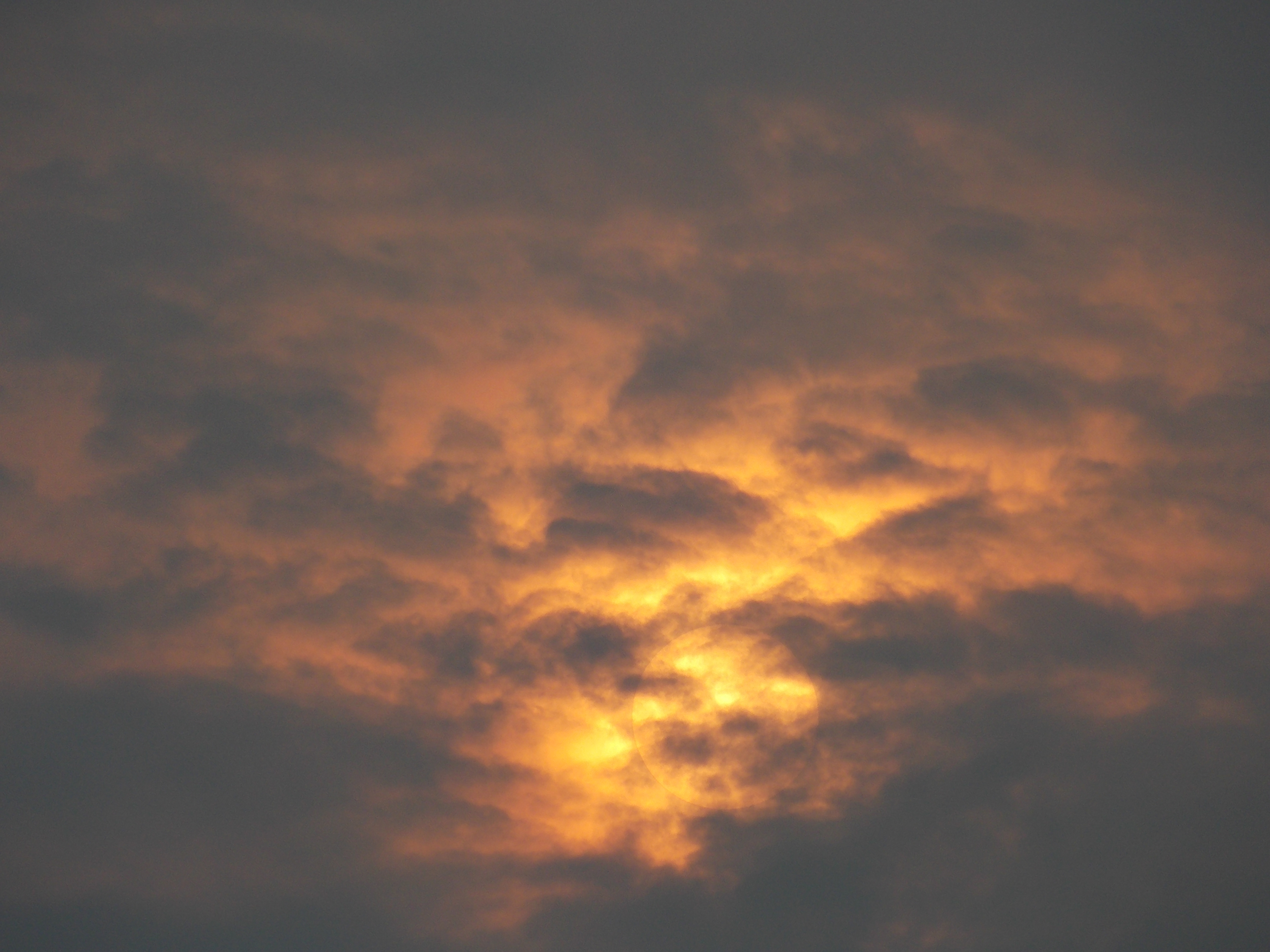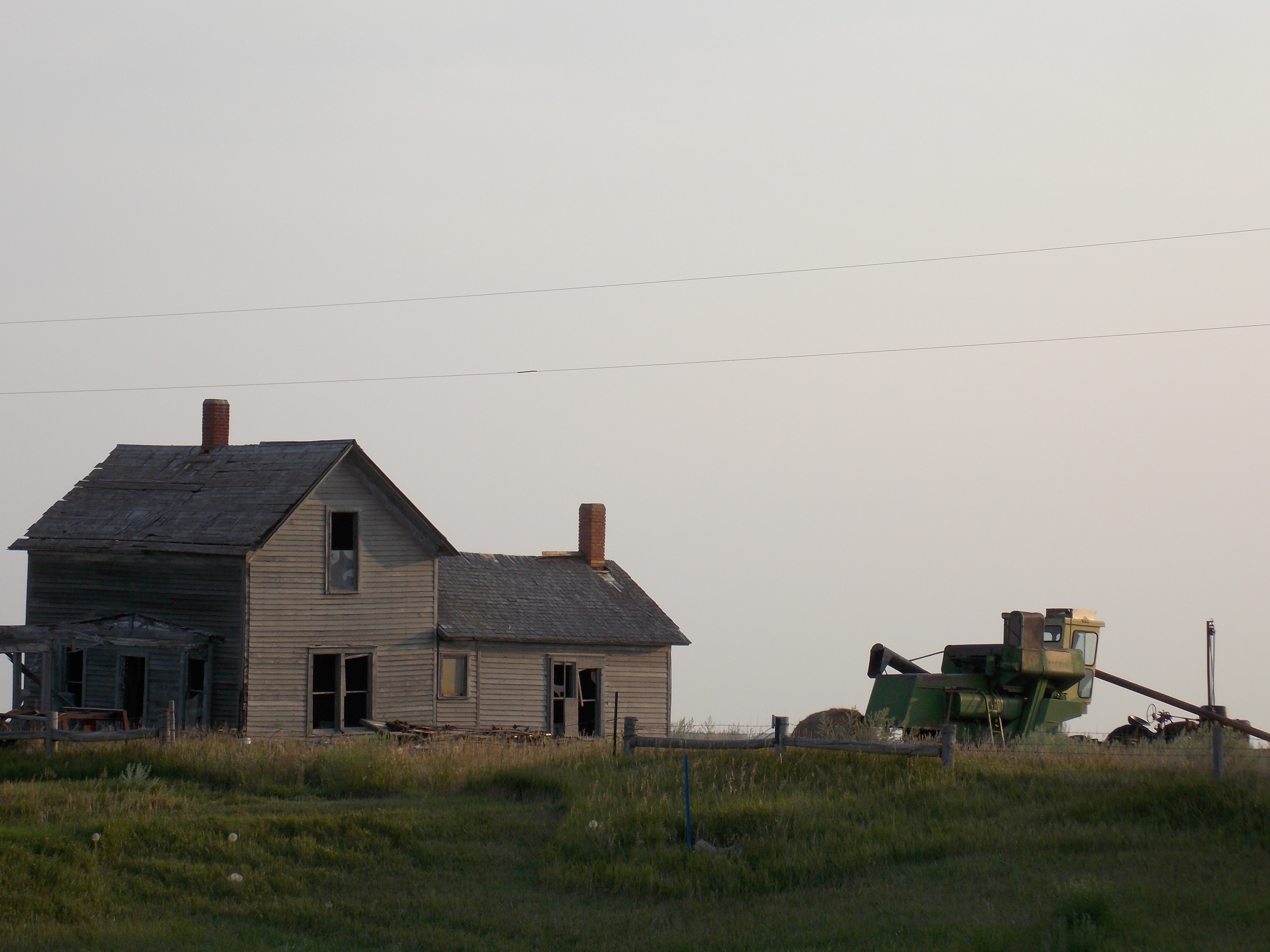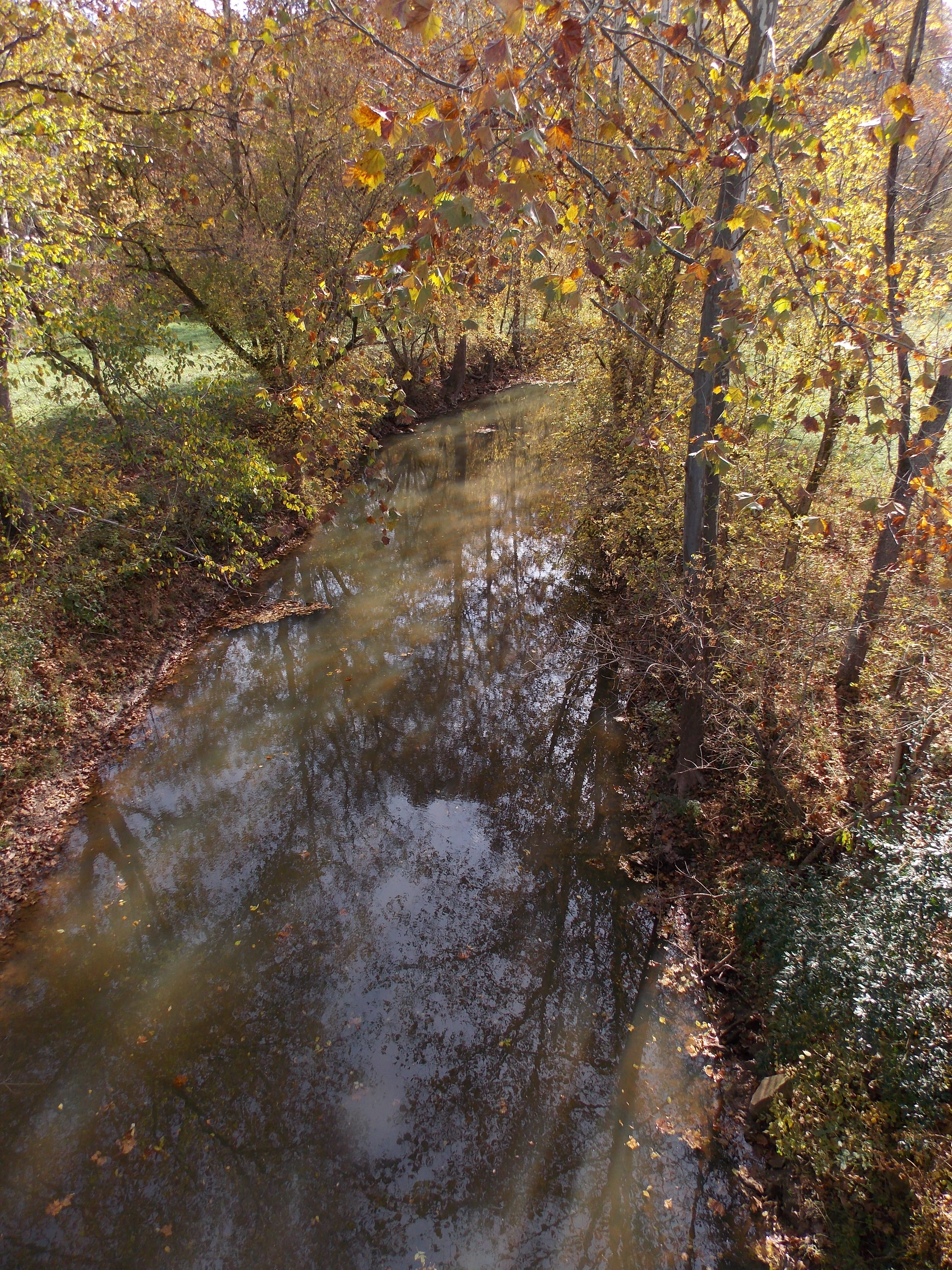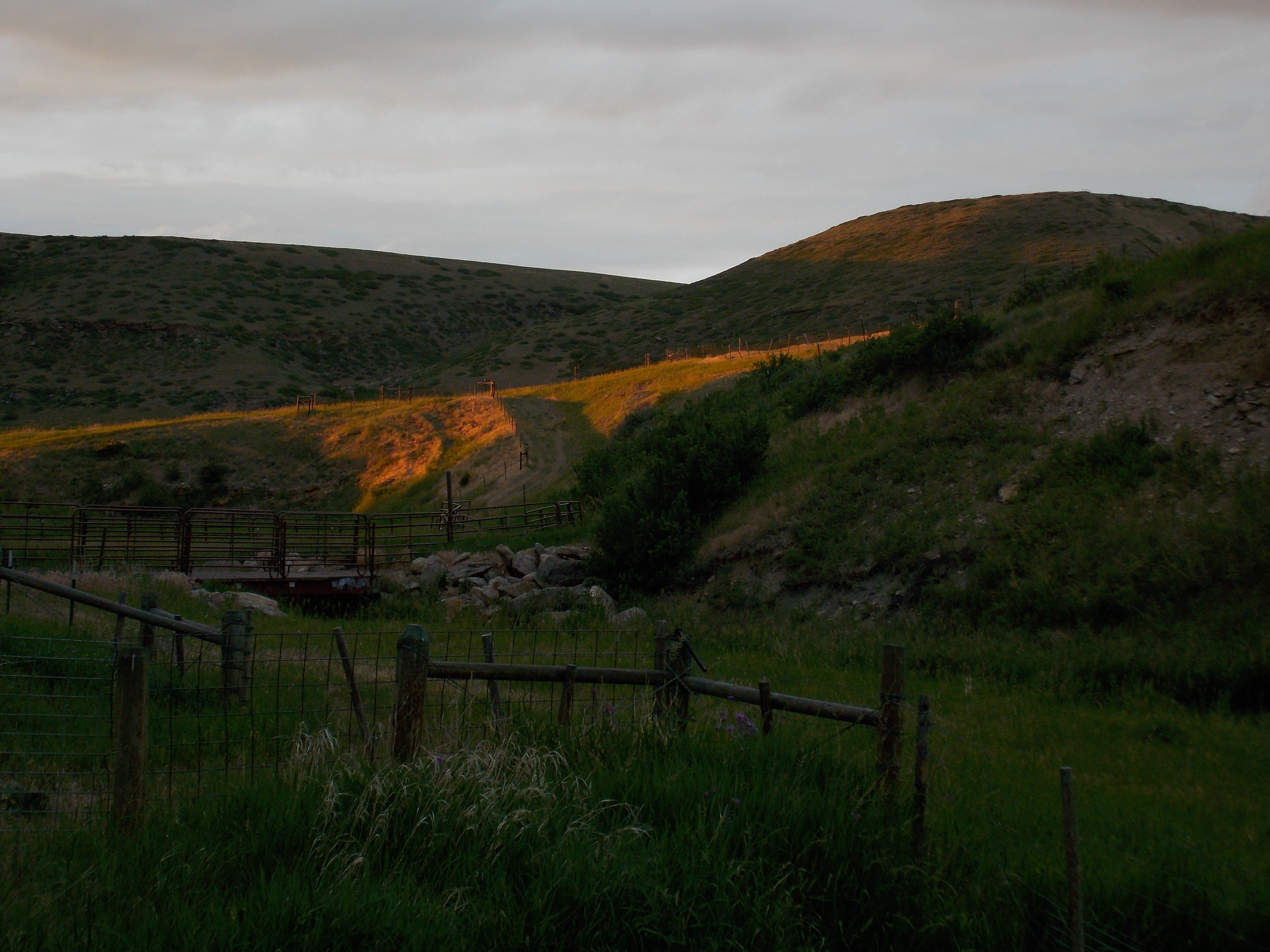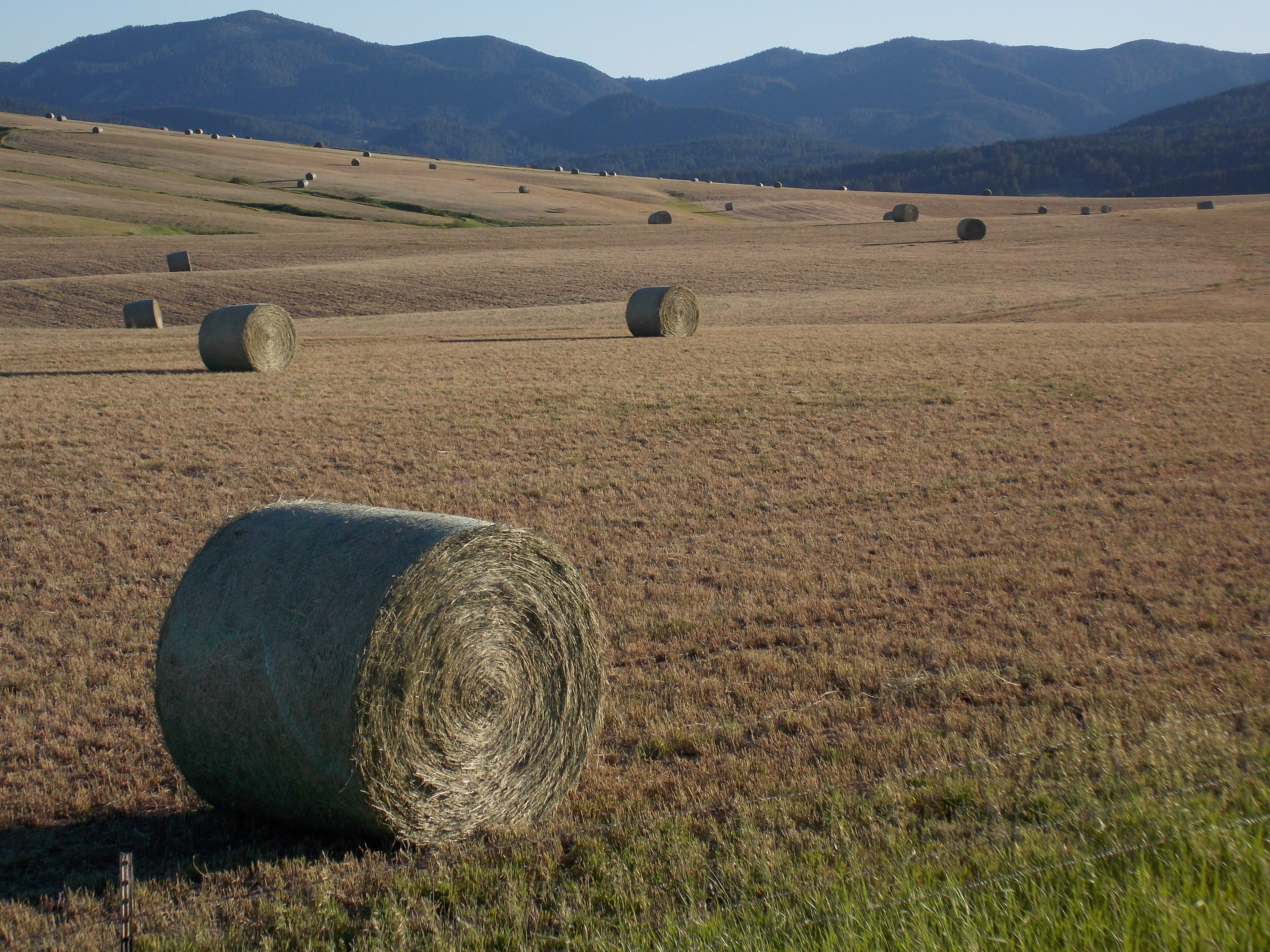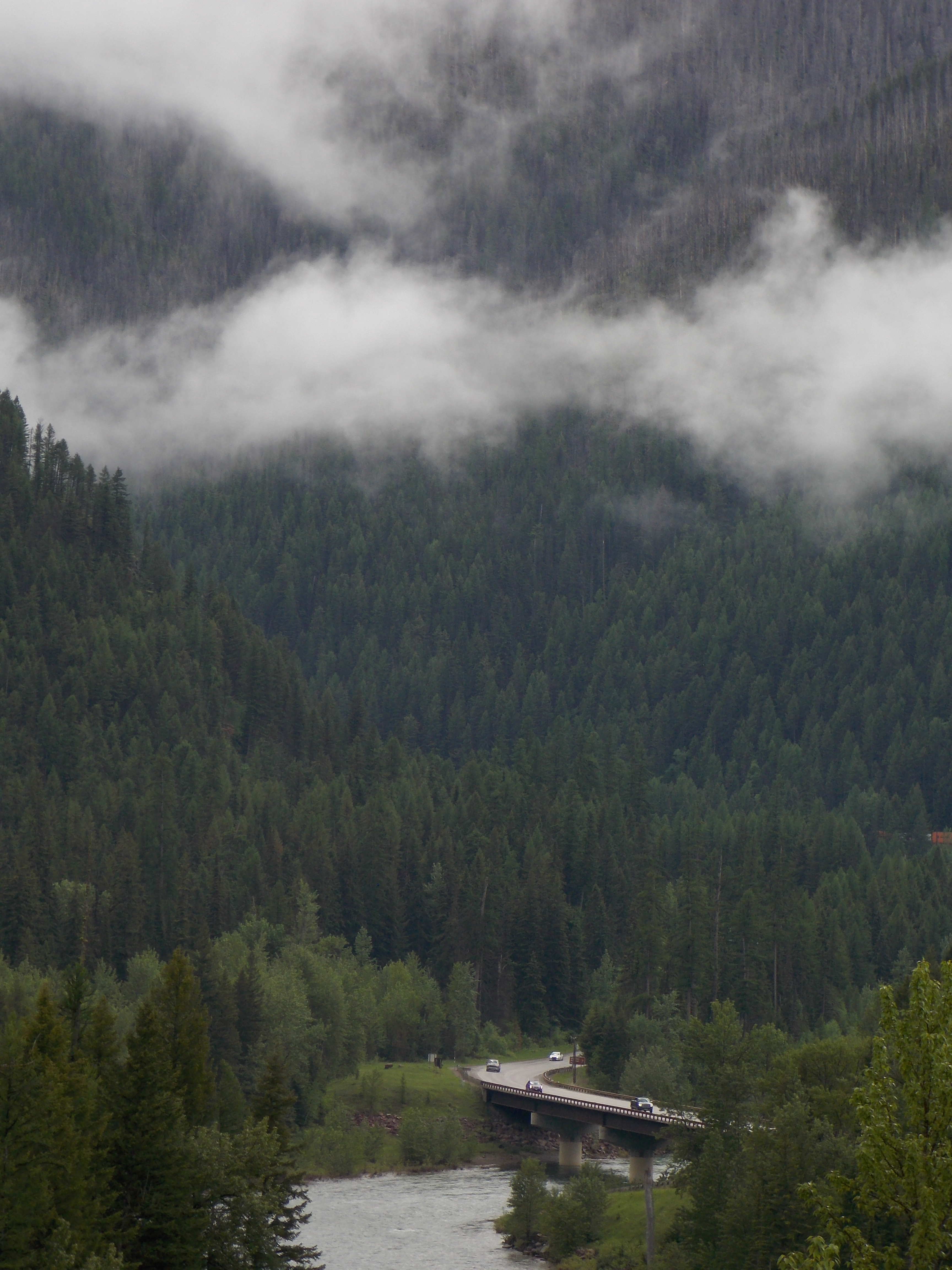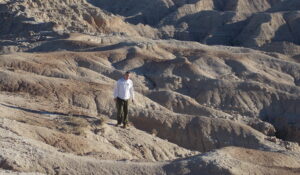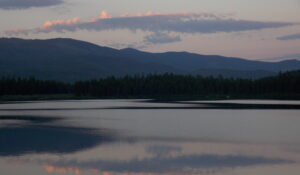When Salman Rushdie published The Satanic Verses in 1989, he couldn’t have foreseen the firestorm his tale would unleash. If he could have seen ahead a bit, he would have anticipated the coming fatwa, the denouncements throughout Islamic media and his own castigation as a faithless apostate. Many of us would like to think he would have gone ahead and published anyway as he has certainly become a top-tier champion of freedom of the press alongside the likes of Christopher Hitchens and today’s Steven Pinker and Jordan Peterson.
In simply taking a stand for the freedom to criticize unassailable dogma, Rushdie also became apostate defined, an archetype of this ancient class of denier but one for modernity. We rarely even use the word “apostate” nowadays, maybe because we don’t need to talk about religion a lot—it’s just not very important in most of our lives. This is the prevailing wisdom anyway.
But what if the scholars who suggest unalienable religiosity are right? What if religion is as pervasive today as it was when the Israelites wandered? What if it’s as strong a directive force for today’s Western urban sophisticate as it is for the Bedouin or Tutsi? This would suggest the possible existence of apostates who are defined as much by the treatment they receive as by their own habits of free thought.
I have a friend named Joe. When Joe was young, back in the 1970s, he loved all things natural, ecological (an emerging science at the time) and bio-centric. Hence, he became enamored of the environmental causes of the era and their organized representatives; groups such as Earth First.
“I was really kind of deep green,” says Joe of himself back around 1980.
But then Joe went off to the University of Chicago to broaden his world view and also hiked a substantial portion of the Appalachian Trail for the same reason. He learned something of the pervasiveness of economics even while gaining a more holistic appreciation for the natural world. Maybe nature wasn’t all incessant doom, wrought by the greedy hand of man.
In time, Joe would come to leave mainstream environmentalism behind and go on to found a think tank devoted to the ideas of liberty. In the realm of the environment, freedom seemed more productive an ideal than working to perpetuate the yoke of environmental guilt imposed so readily on the Western world. I met Joe several years ago because 1) we both love the great eastern forest and its long trails and 2) we both eschew the climate received wisdom, he just eschewing it much more effectively than I could ever hope to.
But Joe has suffered at times for his choice to leave behind an environmental movement that was running full steam at around the time he decided to break away. He and the work of his think tank have been roundly assailed for decades now, especially in reference to environmental matters, a substantial fraction of the overall work of The Heartland Institute. Heartland is a world leader in rebutting the bad science behind global warming activism. The assaults seem personal at times, such as when Naomi Klein chooses to devote much of the first chapter of one of her screeds against capitalism to Joe and his organization. There’s something especially nasty about such condescending literary tirades, the kind Joe has endured throughout his career, something that transcends by far a need to overcome one’s opponent through better-reasoned, more compelling arguments. These venomous epistles seem meant to excoriate apostates as well as to offer warnings to would-be defectors.
Joe wasn’t the only green though to jump ship during the halcyon days of eco-justice. Famously, Patrick Moore, co-founder of Greenpeace, also left his organization during the early ’80s due to a rising anti-human inclination materializing within the organization. He’d been all-in too, not sitting on the sidelines but manning a post aboard the Rainbow Warrior and shielding seal whelps with his body. But during the first decade of Greenpeace’s existence, he watched the fledgling organization take what he considered to be a hard turn toward anti-humanism.
The other leaders of Greenpeace developed a view, now common in environmental circles, which held humans to be, first, something separate from nature and, second, antagonistic to nature. Any change wrought by human hands was necessarily a detriment to the environment in this view. So, Greenpeace came to take stands against genetically modified crops, against nuclear energy and against forestry. Moore, a biologist and always a man of science (likely the most well-credentialed scientist among Greenpeace’s charter members), found himself at odds with the rest of the leadership more and more frequently, attempting to bring science to bear on ideas fostered by environmental zeitgeist, ideas more worthy of a cult than of crusaders for biological integrity. In 2008, Erika Lovley of Politico stated that,
Criticism of Moore is easy for the environmental left because of Moore’s ubiquity. As a scientist, as a consultant and as an author, he’s been published hundreds of times and has sat for hundreds of interviews. In the more than fifty years he’s been on the scene, he’s said controversial things, at least a few probably regrettable and said in haste, as might be expected for such a long and high-profile career. Unfortunately, these are the moments seized on by left-wing sources as most characteristic of Dr. Moore. But, of course, all he’s stood for in the last thirty years is proof of his character flaws if you’re wedded already to radical environmentalism and global warming dogma.
Michael Moore has been on the scene almost as long Patrick Moore (no, they’re not related) but unlike Patrick, Michael has never disavowed the anti-human tendencies of the left, if anything adhering more forcefully than ever to doctrines of population control and limits to growth. He’s been a propaganda wrecking ball across a range of issues dear to the heart of the American left since at least the time of Bowling for Columbine, his diatribe against American gun ownership. He’s unapologetic, brash and exudes a deceptive sloppiness that belies a vigorous mind, though I’m in danger of being ejected from the right for saying so.
In 2020 Moore made the mistake of lending his name to a friend’s documentary, Planet of the Humans, on the bad business of climate mitigation, acting as executive producer. Mind you, Moore treats climate catastrophism as an article of faith in the film, never veering from the premise of impending doom. Likewise, he never misses a chance to degrade capitalists, but what Moore and company do, unflinchingly, is to peel away the veneer of clean and green from the multi-billion dollar business of climate mitigation.
In the end, I didn’t care for Planet of the Humans because its central message remains one of hopelessness and impending environmental apocalypse, themes I’ve come to reject. That being said, I enjoyed watching as even the left-of-the-left lefties follow the money trail from government subsidies to all kinds of wasteful experiments. I relished the exposé of “renewable energy” as often being comprised of the outputs of biomass incineration generators, a truly mindless and purely political “solution” to a non-problem. It was good to see some of the most prominent figureheads of the environmental movement shown to be susceptible also to human foibles such as greed. It was a refreshing breeze to see wind turbines get the treatment they’ve long deserved.
These were my sentiments though, views that it seemed no one on the left shared in 2020. Michael Moore may never work again or, at least, his underwriting options are now curtailed. He is at this time persona non grata to much of the left, having departed the orthodoxy on a keystone of progressive teaching. How much harder will it be to convince the heathen capitalists of our monopoly on science when the world now sees cracks in the unified front portrayed by the media? How can he be punished so that he never deserts again?And all this because he departed not the grand, animating themes of the left but because he turned his back on an aspect of the orthodoxy.
Michael Shellenberger is a man at least as steeped in the culture of environmentalism as any of the above. He rose to the exalted and deserved position of environmental thought leader through a progression that began with activism as a teen during the 1980s. He’s been a climate and environmental activist for over thirty years. In the early 2000s, he advocated for billions of dollars in federal clean technology research.
Reading Shellenberger’s Break Through: From the Death of Environmentalism to the Politics of Possibility (co-authored with Ted Nordhaus) in 2008 helped me transition from stochastic thinking on the environment to more expansive perceptions of the biome and the humans who manipulate it. At the time of its writing, Shellenberger had already set himself apart in the environmental movement as one to shun dogma, recognizing capitalism as offering more hope than doom if harnessed for good. At my very elementary comprehension of his themes, I’m sure I couldn’t fully appreciate his work and I came away from it troubled still by his devotion to the idea of catastrophic climate change.
In the years since 2008, Mr. Shellenberger, being a very thoughtful kind of person, diverged ever further from the kind of mainstream environmental activists we see portrayed commonly in the media. Notably, he became a devotee of nuclear energy. He and his consultancy crunched more numbers on this stuff than almost anyone ever will, exercises that help one to move beyond photos of ice-stranded polar bear cubs or well pads during frac-out. It just became unavoidable that nuclear fission was the most truly environmentally friendly way to power the world. There’s extremely little in the way of effluents or emissions, comparatively little surface “footprint” and no animals are harmed, claims that no “green” energy sources can make. He also came to see that green energy projects didn’t actually generate a great deal of net energy—they weren’t “energy dense.”
It seems that all this got him thinking about the opposition to nuclear technology and where not only the resistance but the animosity truly came from.
In 2019, Shellenberger watched the tantric rites of global warming fanaticism reach new heights particularly as a child-prophet named Greta Thunberg received apotheosis. Surveys around the world showed the strange phenomenon of climate anxiety to be on the rise among the children of rich nations (presumably a phenomenon only possible in the absence of food anxiety). A new senator named Alexandria Ocasio-Cortez had received the mantle of high priestess within the climate justice movement and her inanities were magnified daily through a complicit media. None of this seemed like good science to Mr. Shellenberger.
Most recently, Michael Shellenberger dropped a long-awaited bombshell on mainstream environmentalism and on climate advocacy in general with his release of Apocalypse Never: Why Environmental Alarmism Hurts Us All. The furor from the left was predictable. They remembered nothing of the billions he’d helped funnel to them and their pet projects and lobbies just a little earlier in his career. Rather, Shellenberger’s book generated perhaps the most infuriated and hateful responses yet to mere suggestions of tempering the left’s alarmism. Publications like The Guardian made it clear that this was personal. It seems that each staff writer took a turn throwing stones.
But Shellenberger had more to say than his calls for a more rational assessment. Within Apocalypse Never he ventures to offer not only the conclusions his vast experience has led him to concerning a realist’s view of the biome, but also a skeptic’s view of environmentalism itself. And he was the right man to write this, a confidant of the green priestly caste.
In the final chapter of Apocalypse Never, Shellenberger returns to climate change and the Intergovernmental Panel on Climate Change (IPCC). Jesse Ausubel, Richard Tol and Roger Pielke all played foundational roles within this organization and Shellenberger takes time for each of their stories in Apocalypse. Through their own unique experiences, each tells the same story of good, but less alarming, science being swept aside for the most dire assessments and projections. In particular, Tol recounts his experience in IPCC leadership from 1994 to at least 2012—the changes he saw in the messaging that reached the outside world. Quotes include this, concerning the 2012 IPCC “Summary for Policymakers”:
“The IPCC shifted from… ‘not without risk, but manageable,’ to ‘We’re all gonna die.’ [It was a shift] from what I think is a relatively accurate assessment of recent developments in literature to…the Four Horsemen of the Apocalypse. … Pestilence, Death, Famine and War were all there.”
There were clearly motivations at play other than adherence to the scientific method. Politics, yes, but Shellenberger sees something deeper. Incidentally, Roger Pielke suffered for his climate apostasy at least as much as anyone mentioned to this point in my article. And Ausubel’s 2007 essay, “Renewable and Nuclear Heresies,” certainly seems supportive of the idea that religious inclinations are at play in all this.
Shellenberger goes on to point out a recurring fallacy in environmental literature, from its inception to the present: the appeal-to-nature, in which anything that is not perfectly natural, unfabricated by man, is evil. In fact, the author goes on to posit this as a modern religion—the dominant secular religion of the educated elite. It’s one that excludes many potential good outcomes that might be realized through technological advancement and industry. It’s a religion that casts each believer as a hero and imbues their lives with purpose. The numerous case studies touched upon throughout his work all fall into place at this point.
“The trouble with the new environmental religion is that it has become increasingly apocalyptic, destructive, and self-defeating.”
“But negativity has triumphed over positivity. In place of love, forgiveness, kindness and the kingdom of heaven, today’s apocalyptic environmentalism offers fear, anger, and the narrow prospects of avoiding extinction.”
“Perhaps it is a coincidence, but it is notable that the spike in environmental alarmism comes at a time when anxiety, depression, and suicide are rising within the general population, especially among adolescents, in both the United States and Europe.”
“The answer from many rational environmentalists, including myself, who are alarmed by the religious fanaticism of apocalyptic environmentalism, has been that we need to better maintain the divide between science and religion, just as scientists need to maintain the divide between their personal values and the facts they study.”
All this is why Michael Shellenberger and a host of outside-the-box thinkers are now counted among the environmental apostates.
Related Reading
Salman Rushdie – Victory City
Joseph L. Bast – Eco-Sanity: A Common-Sense Guide to Environmentalism
Patrick Moore – Fake Invisible Catastrophes and Threats of Doom
Michael Moore – Planet of the Humans [film]
Michael Shellenberger – Apocalypse Never
Richard Tol – Climate Economics
Jesse H. Ausubel and H. Dale Langford, editors – Technological Trajectories and the Human Environment
Roger A. Pielke, Jr. – The Rightful Place of Science: Disasters and Climate Change
